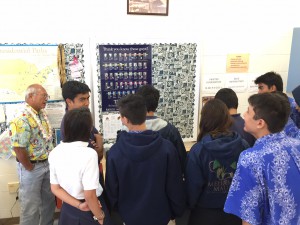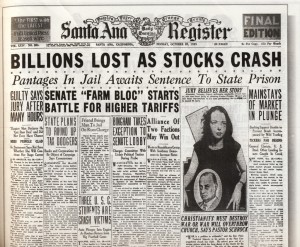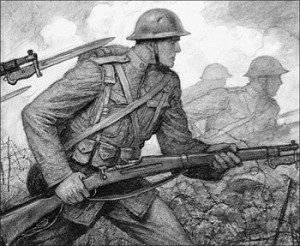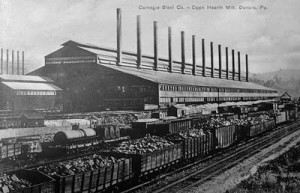 America and World War II (1941-1945)
America and World War II (1941-1945)
Intro: Overview, Attendance, Agenda, Introduce Essential Question, Objectives, Standards
Enduring Understanding: Disputes over ideas, resources, values and politics can lead to change.
Essential Question: What kind of sacrifices does war require?
Objectives:
—how the government mobilized the economy, financed the war and later stabilized the wartime economy.
—the early military strategies of the Allied forces in the Pacific including the Doolittle Raid.
—the military strategies of the Allied forces in Europe and North Africa.
—the military strategies used to end the war with Japan including the firebombing and the use of the atomic bomb.
Standards:
…Time, Continuity and Change (#2)
…People, Places and Environments (#7)
…Power, Authority, & Governance (#5)
…Global Connections (#2)
…Civic Ideals and Practices (#5)
Finish American Pastime






